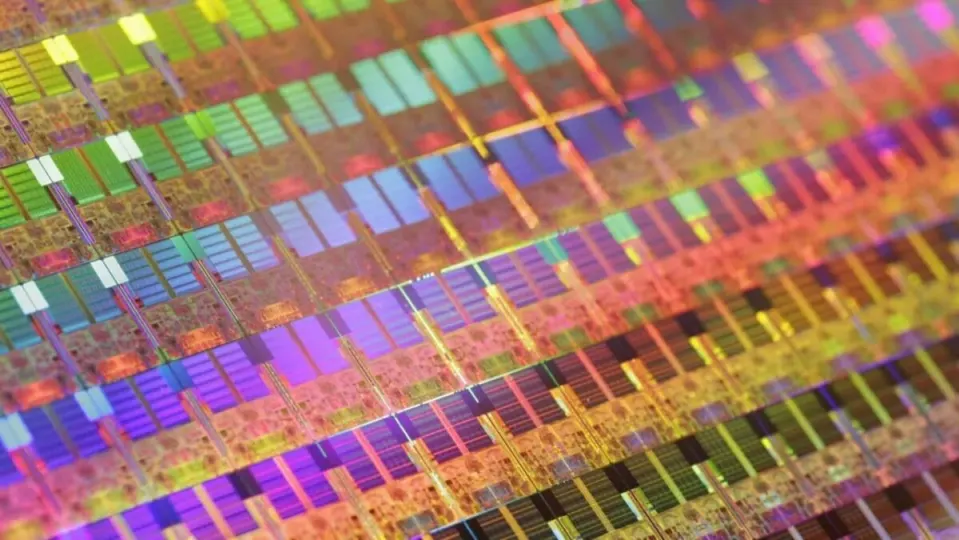If you have been paying attention to the technology media in the last decade, you have probably heard about Moore’s Law and its demise. If you like computers you know what we are talking about, if not stick around and you won’t regret it.
A law that has shaped the chip industry for decades
Moore’s Law was coined by Gordon Moore, co-founder of Intel, in 1965, and predicts that every two years the number of transistors (basically, the smallest component of a processor) doubles.
Therefore, if one year the largest possible chip is manufactured, two years later it will be possible to manufacture a chip with twice as many transistors. If the industry can manufacture a processor with one million transistors in one year, in two years it should be possible to manufacture a chip with two million transistors.
This largely has to do with the way chips are manufactured through something called a process node. Each new process is supposed to be denser than the previous one, which is how the industry has been able to meet the predictions of Moore’s Law for decades.
You may be wondering why density is necessary to keep increasing the number of transistors, why not make a bigger chip every year? Well, a chip can only have a limited size.
For most of the history of computing, manufacturing companies have been able to release new process nodes every year or two and keep pace with Moore’s Law. Moore’s Law was an unquestioned thing that happened and was taken for granted.
But Moore’s Law is dying in 2023.
The industry expected the train of new nodes every year to continue forever, but it all fell apart in the 21st century. One worrying sign was the end of Dennard scaling, which predicted that more compact transistors would be capable of higher clock speeds, but that ceased to be true around the 65 nm mark in the mid-2000s.
At such small sizes, transistors exhibited new behavior that no physicist could have foreseen. But the end of Dennard scaling was nothing compared to the crisis that nearly every fab in the world suffered around 32 nm in the early 2010s.
Reducing transistors below 32 nm was extremely difficult and, for years, Intel was the only company to successfully move to the 22 nm node, the next full upgrade after 32 nm.
It wasn’t until the mid-2010s that Intel’s competitors were able to catch up, but by then the industry had changed substantially.
Since then the jumps in nanometers have been almost annual. Right now we have reached 3 nm and the size is starting to run out.
How companies are meeting Moore’s Law expectations while Moore’s Law agonizes
While it is undeniable that the death of Moore’s Law is a growing problem, each year brings innovation from major players, many of whom are finding ways to completely circumvent the manufacturing problems that have plagued the industry for years.
Although Moore’s Law talks about transistors, the spirit of Moore’s Law can be kept alive by just meeting traditional performance improvements from generation to generation, and the industry has many tools at its disposal, tools that did not exist even a decade ago.
Chiplet technology from AMD and Intel has not only proven to meet the performance expectations of Moore’s Law, but also those of transistors.
The only option to avoid the death of Moore’s Law is to improve processor architecture and get more performance from the same number of transistors.
This path has historically been very difficult for enterprises to navigate, and while new generations of processors bring architectural improvements, performance gains are typically in the single digit percentages.
Some of the links added in the article are part of affiliate campaigns and may represent benefits for Softonic.


